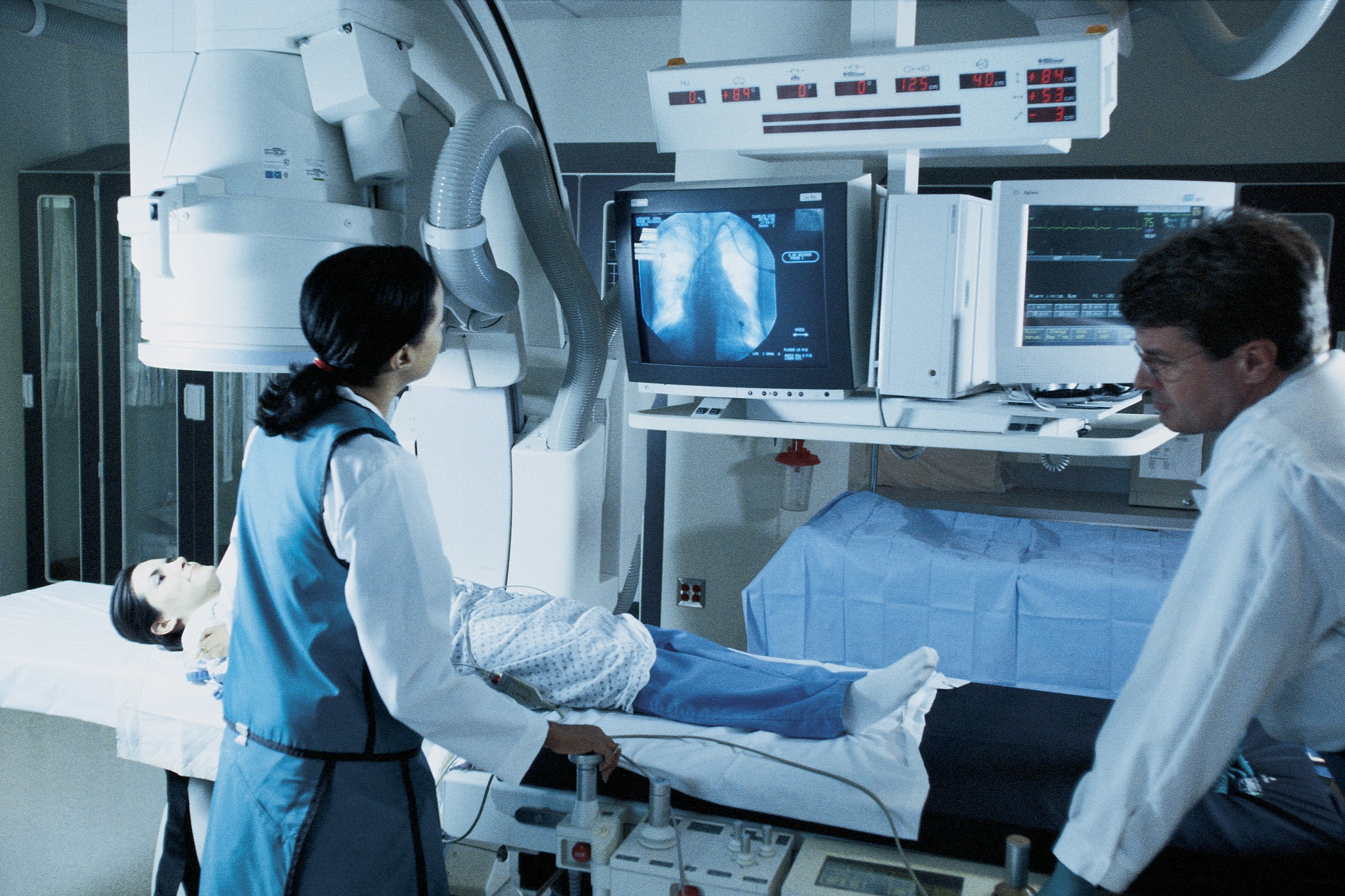In the United States, medical devices are regulated by the FDA. In the European Union, medical devices are regulated under the EU MDR 2017/745. Submitting registrations in these two markets is common and done by manufacturers both big and small. What is more difficult is attempting to become registered in other markets around the world. Even registering a product in the United Kingdom can be a challenge due to the UK establishing its own regulations after Brexit.
Adhering to the regulatory standards of these other countries can be difficult, especially when the standard can be difficult to obtain. In China, for example, medical devices are regulated by the National Medical Products Administration, NMPA. Submitting registration to China requires adherence to Chinese standards Guobia Standards or GB standards. For example, GB 9706.1:2020 is the standard for Medical Electrical Equipment that contains the general safety requirements for that equipment.[1]
Attempting to join multiple different markets at once can be an extremely difficult task and could potentially cost quite a bit if registrations are rejected due to not being able to meet all the standards. The ISO standards serve as a common standard used around the world for regulatory bodies. Companies will often base their submissions on ISO standards and then fill in any additional points needed to meet the requirements of a specific country. Countries’ standards are sometimes also based on ISO standards so meeting the requirements of the ISO standard fulfills the requirements of that country.
Entering a new market can be nerve-wracking, but it does not have to be. Assessing the standards set by the market being entered and ensuring they are met is key. The desire to start selling in a market immediately is there but taking the time to ensure compliance will save a lot of headaches later on. EMMA International can help ensure all documents and systems are in place for submission. With EMMA International’s Full Circle Consulting services entering a new market is easy. From QMS development to regulatory submissions, EMMA International does it all. Give us a call at 248-987-4497 or email info@emmainternational.com to get in touch with our team of experts today.
[1] Global Regulatory Partners (May 2020) China’s NMPA Implementation of GB 9706.1:2020, Retrieved 11/18/2021 from https://globalregulatorypartners.com/chinas-nmpa-implementation-of-gb-9706-12020/





